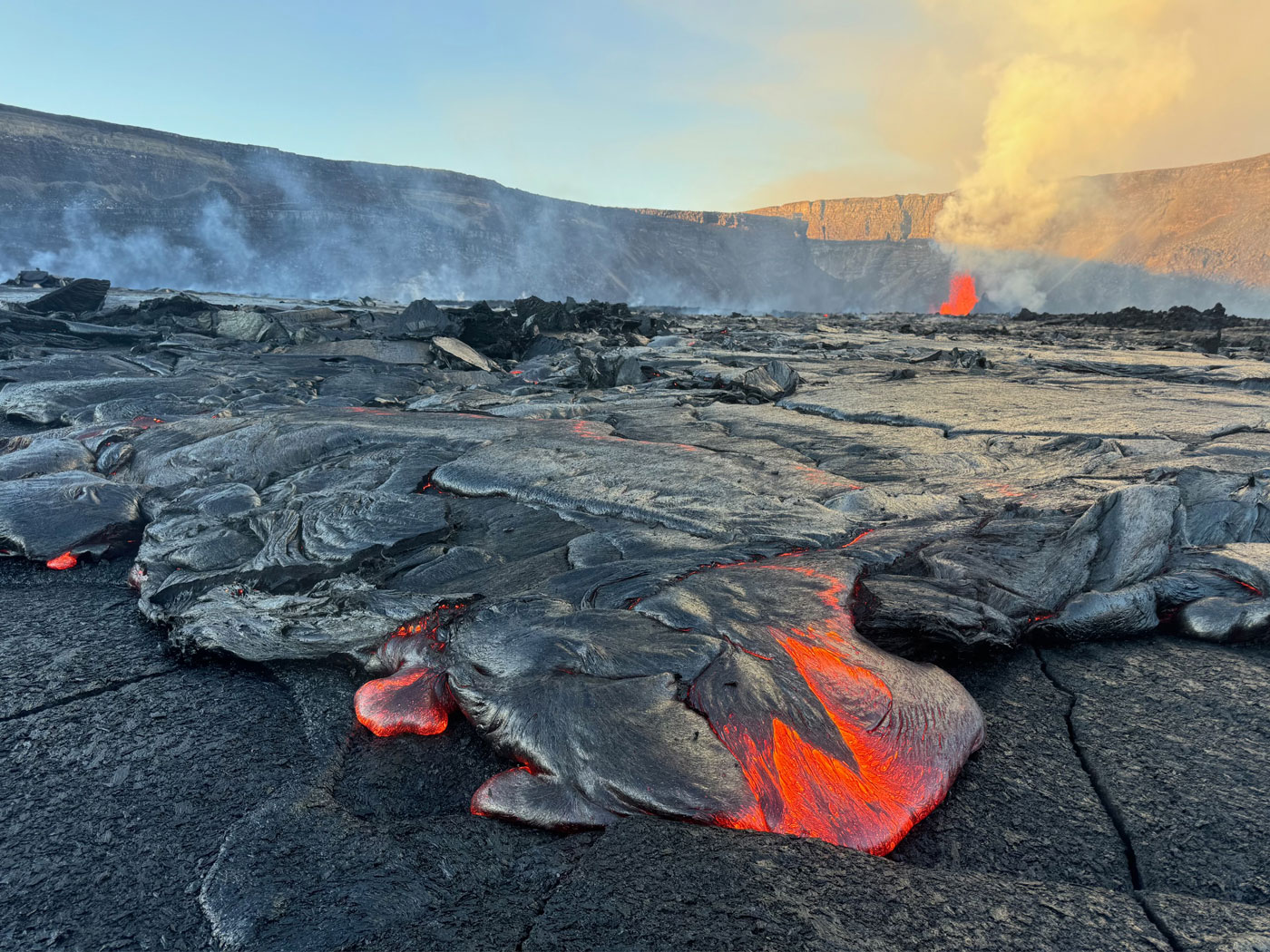Marine biologists have scoured sea floor sediments for decades, finding living creatures in the mud but never fossils in the process of forming. That's because when a sea creature dies, its carcass is totally recycled within weeks. So, if a creature's soft parts are going to fossilize, it has to happen extremely fast.
Certain sedimentary rocks, like those of the Burgess Shale in Canada, contain large amounts of fossilized sea creatures that preserve some soft body parts, such as eyes and intestines. Their remains now consist of the same carbon atoms of which their bodies were comprised, but baked and compressed into thin films. Paleontologists have attempted to find an explanation for this remarkable preservation.
In pursuit of answers to this question, Robert Gaines of California's Pomona College and his team recently looked for similarities in what are called "Burgess Shale-type" fossils from places like the Chengjiang Shale in China's Yunnan Province. The researchers analyzed ratios of carbon, oxygen, and sulfur isotopes within the millimeter-thin layers of very fine-grained mudstone from the region. Their results appear in the Proceedings of the National Academy of Sciences.1
Gaines said in a University of Southern Denmark press release via EurekAlert!, "My initial hypothesis was validated by a consistent and worldwide pattern."2 According to the technical paper, that pattern first included "rapid entombment of soft-bodied organisms in sediments" and then hardening of the sediment very soon afterward under a layer of calcium carbonate "cement." This was supposedly caused in part by "enhanced alkalinity of Cambrian oceans." Also, the assumed "global ocean" of the time had low sulfate levels, leaving sulfur-eating bacteria too little nourishment to completely degrade the fossils.1
In addition, the study authors wrote that preserving Burgess Shale-type fossils "was greatly enhanced by the absence of bioturbation," which refers to the way in which creatures like worms and clams constantly churn sea floor and lake bed sediments.3
But did all that really happen? Probably not, since most of those events invoke unexplained phenomena, such as strange ancient sea chemistry and a puzzling absence of bioturbation. Plus, if sealing buried creatures under limestone explains Burgess Shale-type fossils, then similarly preserved fossils should be found beneath the continent-covering limestones all over the globe, and not just in isolated pockets.
But it does appear that the conditions, whatever they were, that formed these exquisite fossils existed at the same time. The study authors cited evidence of "rapid entombment" by "bottom-flowing density currents."1 And whereas standard geology has no explanation for such widespread catastrophic undersea density flows, creation scientists can cite the Genesis Flood in describing the unprecedented scale of violent geologic activity implied by these and other fossils.4
References
- Mechanism for Burgess Shale-type preservation. University of Southern Denmark via EurekAlert!, March 7, 2012.
- Gaines, R. R. et al. 2012. Mechanism for Burgess Shale-type preservation. Proceedings of the National Academy of Sciences. 109 (14): 5180-5184.
- Morris, J. 2009. Sedimentary Structure Shows a Young Earth. Acts & Facts. 38 (7): 15.
- For example, see Sigler, R. and V. Wingerden. 1998. Submarine Flow and Slide Deposits in the Kingston Peak Formation, Kingston Range, Mojave Desert, California: Evidence for Catastrophic Initiation of Noah's Flood. In Proceedings of the Fourth International Conference on Creationism. Pittsburgh, PA: Creation Science Fellowship.
* Mr. Thomas is Science Writer at the Institute for Creation Research.
Article posted on April 11, 2012.













